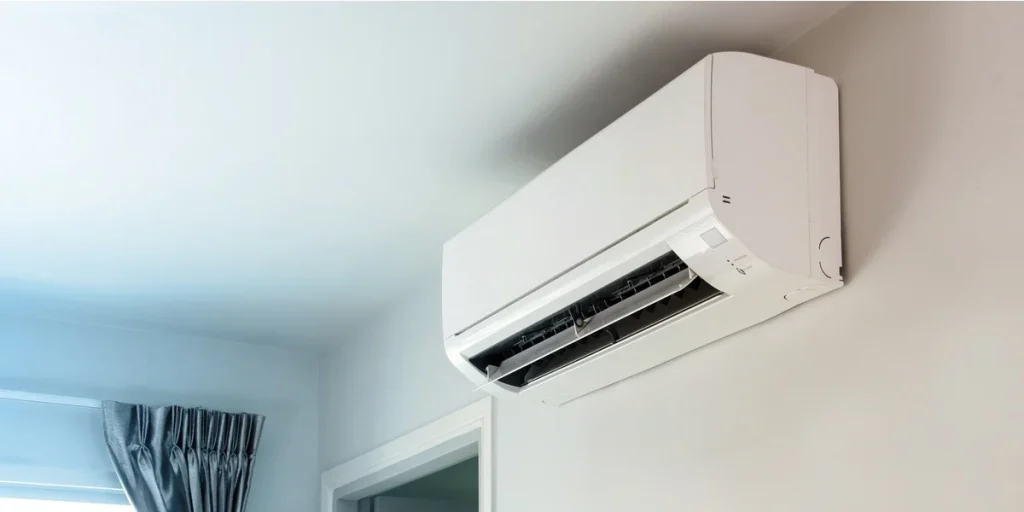Securely Erase Personal Data Before Selling Your Old Phone
If you’re selling or trading in your phone, taking the proper steps will ensure that your data isn’t stolen. Cleaning your phone is the best method to get it ready for its new owner.
It’s easy, but it’s usually forgotten. This article will guide you through the steps of backing up and then deleting your data using certified phone wiping software.
Factory reset
It’s a good idea to perform an initial factory reset before you sell your smartphone. It protects your privacy and solve any lingering issues regarding the phone. It is vital to backup your data prior to a factory reset. This can be accomplished with a cloud-based solution like Google Drive or a third party backup app. Before you perform a factory restoration, you should delete any passwords you have saved and remove the devices to your account.
You can reset your factory settings on your Android device using these steps: Shut off your device. Hold the volume down and power buttons simultaneously until you see the recovery mode. Select “wipe Data/Factory Reset” by pressing the buttons.

After wiping the phone’s data it is imperative to remove any passwords and accounts. You should ensure that your new owner is unable to access your data and commit identity theft or fraud. You may also want to secure your data to provide an extra layer of security.
You should also remove physically your SIM card as well as any other SD cards. This will ensure that no one will be able to retrieve your personal data. This is a straightforward step that will make your smartphone more appealing to prospective buyers. This will also help avoid legal action.
Eliminate personal information
Your phone stores a lot of personal information, including photos, passwords, and financial details. These are security threat and should be deleted before selling the phone. Many people do not understand how to erase their devices. It is recommended to use certified software to wipe your iPhone, Android or other devices. The software wipes your device more effectively than a factory restore and makes sure that all data is deleted.
Log out of all your accounts from the device. This will include email, social media, and any other apps that require your login credentials. Additionally, it is essential to remove the lockscreen code off the device. This will prevent the new owner from accessing your data.
You’ll then need to store your device’s backup in the cloud. You can then trade or return the device, knowing that all your data will be erased. All iCloud data deleted from the device, including contacts, calendars and reminders.
If you have an Android 6.0 Lollipop or higher device, you can use the Settings menu to encrypt and wipe your device. This will ensure that a new user is unable to use the device until they have access to your Google account password, or screen lock (PIN, biometrics, or pattern). Additionally this makes it nearly impossible for someone to retrieve your data even if it’s recovered from the device.
Backup your phone prior to you sell it
It is essential to erase all personal data prior to selling a used phone. This will protect you from identity theft as well as other cybercrimes, as devices that contain personal information on it could be utilized by hackers to steal your accounts. It is possible to wipe your device using several methods before selling it. However, doing a factory reset is the most effective method. This will delete all your personal information, making it difficult for the buyer to see your information.
Another method of preventing your data from falling in the wrong hands is by using specialized data wipe software. The software employs algorithms to ensure that data sensitive is completely unrecoverable. It even erases data stored on external memory cards. This is a great choice for those who want to sell their device online.
Backup your content before wiping your device. If you have an Samsung phone it is possible to back up your information to Google. It will take some time but you’ll be able to ensure the security of your data prior to selling your phone. If you don’t have an account with Google account, you may backup your data onto an SD card. Before you can backup your data, the SD card must be removed and click now https://dienthoainhanh.com/.
Log out of accounts via phone
Whether you want to make some extra money from your old tech or you’re having a clearout of the year and want to make room for a new gadget selling your old phone is a smart idea. It’s essential to secure your data and use secure methods of selling. With this guide will help you backup your device, erase your data prior to selling it and also remove the SIM and SD card.
Before you start selling your phone, you’ll have to log out of the phone’s accounts. You will be able to prevent the new owner of your device from accessing any app or data, and you will not be tracked by the device of another. It’s particularly important to uninstall any apps that make use of your identity for authentication, like social media or messaging apps.
If your phone is secure, you’ll need to remove the eSIM and use a screen lock (PIN, pattern, password, or biometrics) before you can sell it. The encryption makes it difficult for anyone to restore your personal information, even in the event that they get access to the device.
Utilizing specialized software for data removal can help you completely erase any personal information on your Android phone prior to selling it. This is a more secure alternative to a factory reset since it prevents anyone from recovering data stored on your device.



